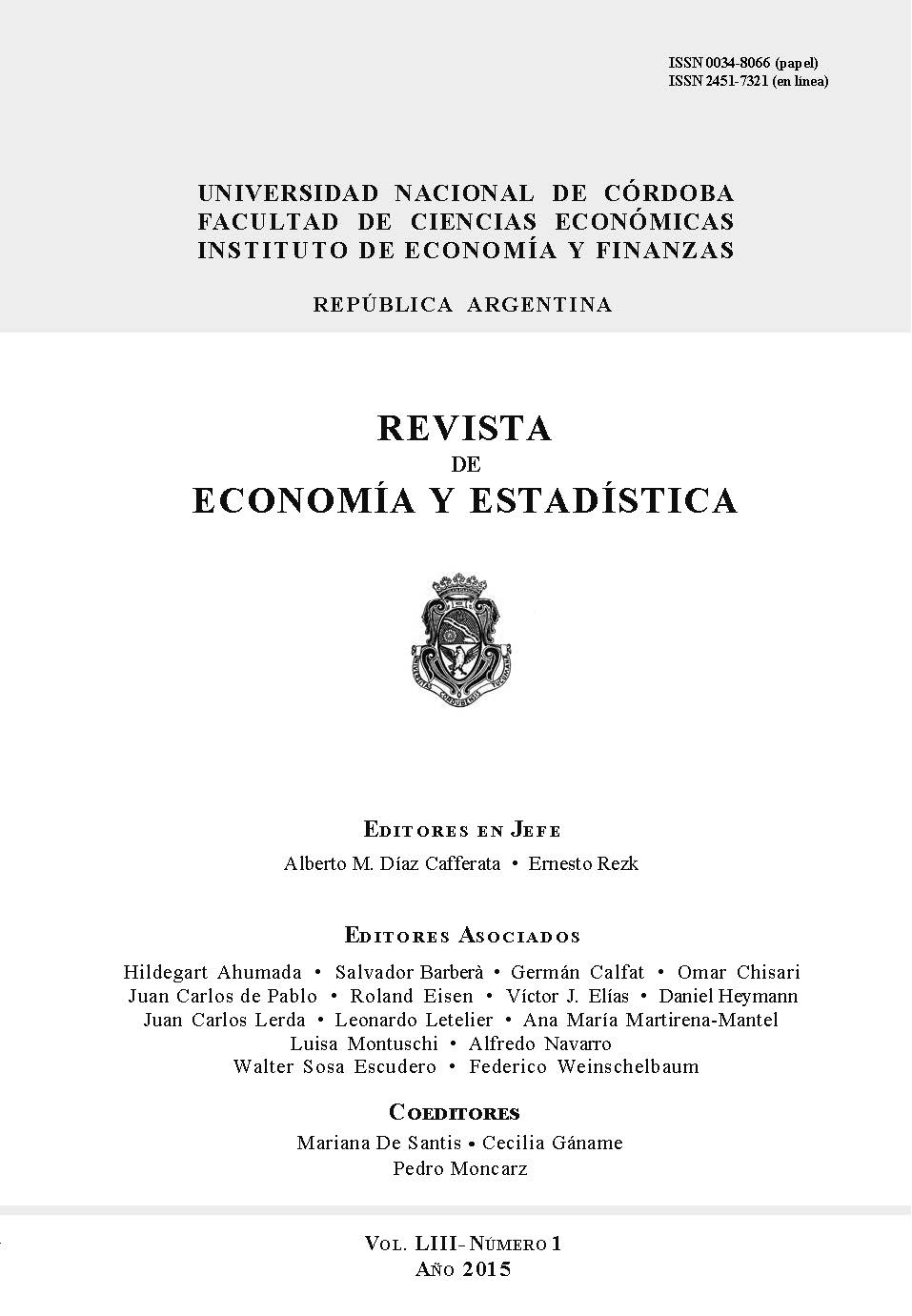The Carta Magna. Reflections on its meaning eight centuries later
DOI:
https://doi.org/10.55444/2451.7321.2015.v53.n1.16415Keywords:
Magna Carta, institutions, public finances, taxesAbstract
The Carta Magna –agreed upon by John, king of England, and a group of bishops and feudal barons of his kingdom who had rebelled its authority in the year 1215- contains general principles on the good use of power. Several of the most significant principles relate to tax matters. Taxation is a powerful source of influence on the life of the countries and the institutional changes they give rise to depend on how people in each historical moment understand how these interrelationships between economics and politics act. The 800 years since the agreement of the Magna Carta allow a reflection on the importance of the relationship between institutions, taxation, economics and politics and this is of the utmost importance for the understanding of contemporary economic, political and fiscal issues. The objective of this article is to make an analysis of the most significant clauses of the Magna Carta, that is, those that constitute a cornerstone of modern economic-political institutions.
Downloads
Downloads
Published
Issue
Section
License
Copyright (c) 2015 Ricardo Bara

This work is licensed under a Creative Commons Attribution-NonCommercial-NoDerivatives 4.0 International License.
Authors who have publications with this journal agree to the following terms:
Authors retain their copyright and grant the journal the right of first publication of their work, which is simultaneously subject to the Creative Commons Attribution-NonCommercial-NoDerivatives 4.0 International License that allows third parties to share the work provided that its author and first publication in this journal are indicated.
Authors may adopt other non-exclusive licensing arrangements for distribution of the published version of the work (e.g. depositing it in an institutional telematic archive or publishing it in a monographic volume) as long as the initial publication in this journal is indicated.
Authors are allowed and encouraged to disseminate their work via the Internet (e.g. in institutional telematic archives or on their website) before and during the submission process, which can lead to interesting exchanges and increase citations of the published work. (See The Open Access Effect)










